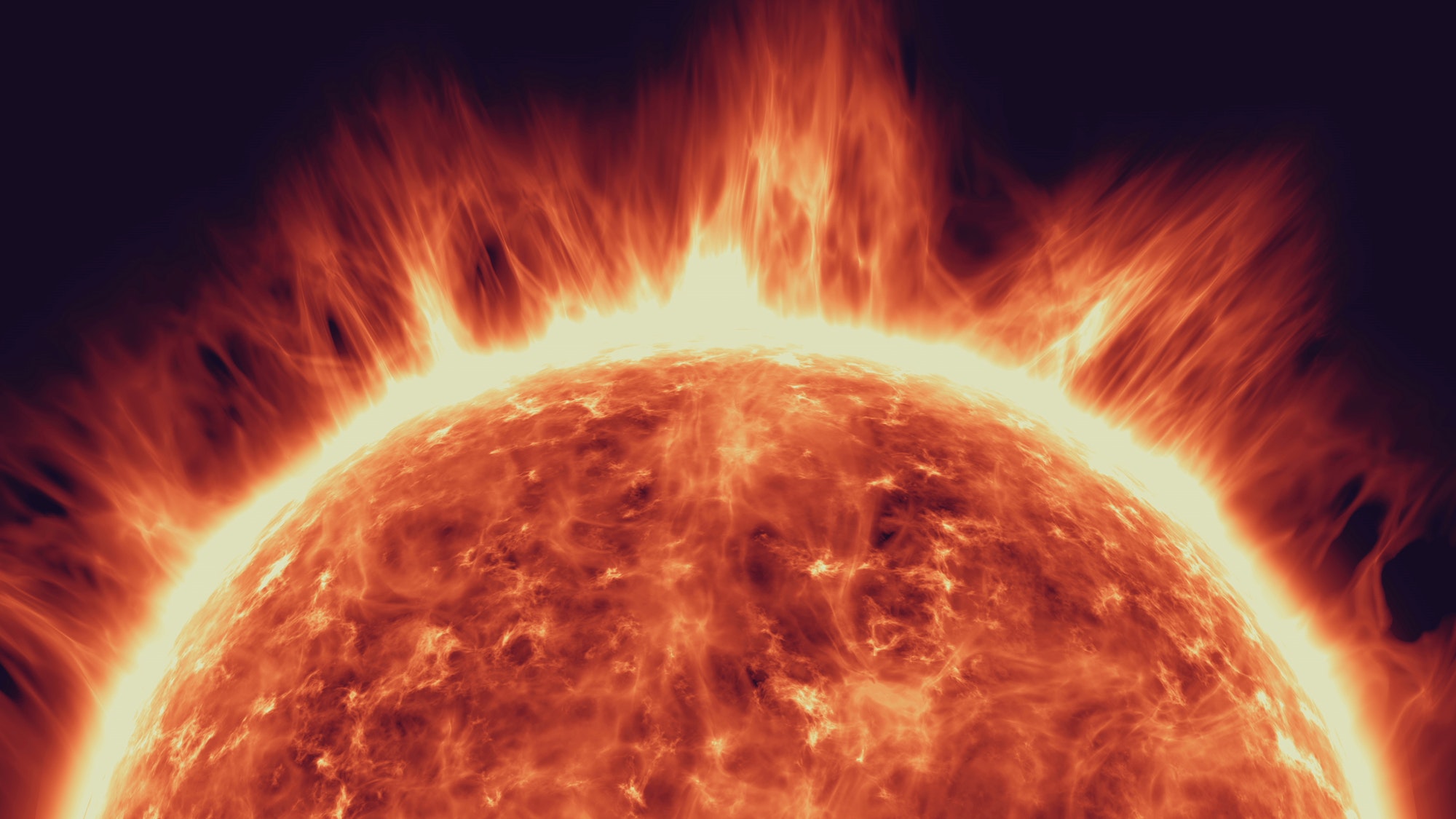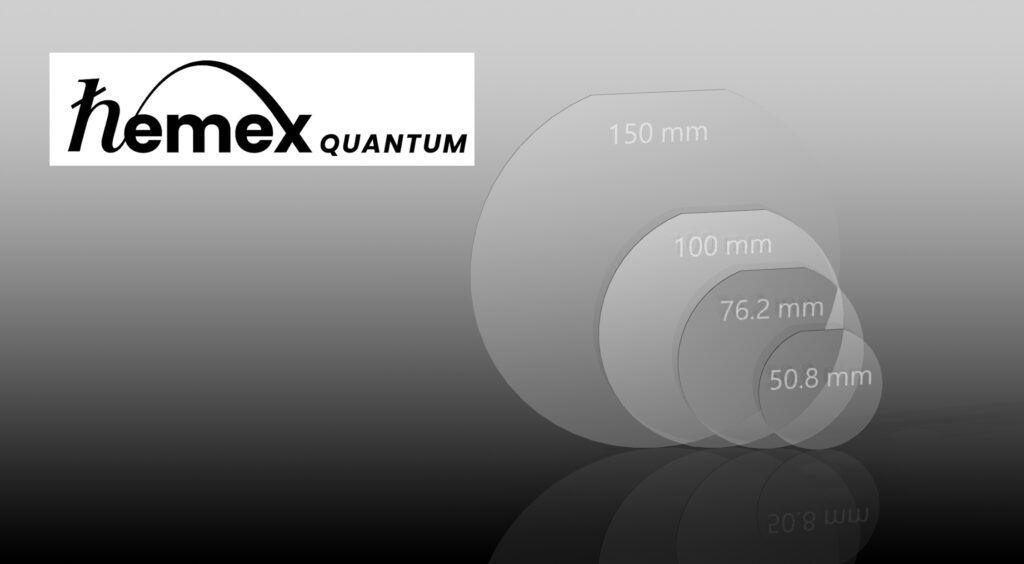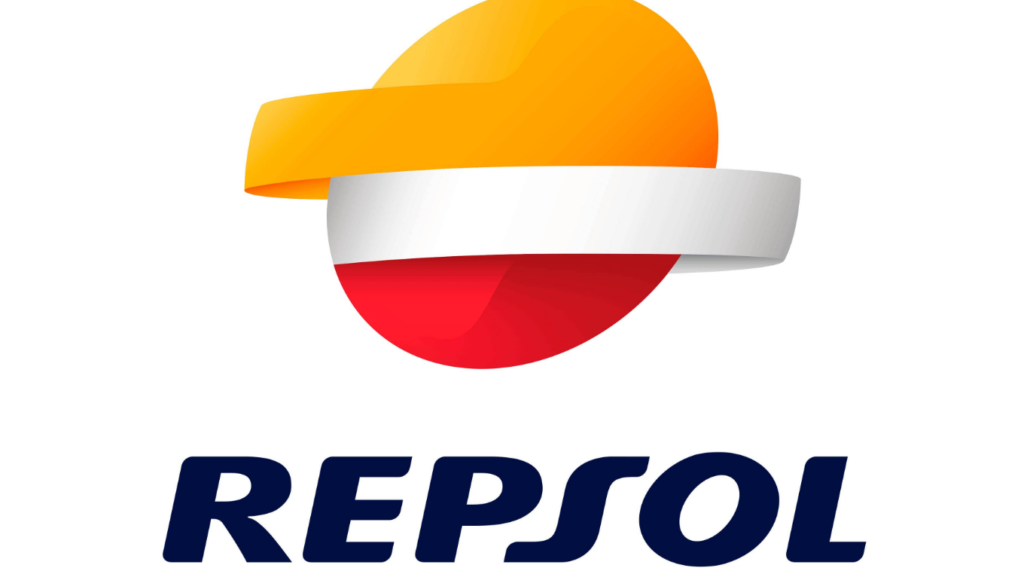Insider Brief
- Riverlane-led research team published research showing substantial improvement in the use of quantum algorithms to more accurately model highly unpredictable physical systems.
- The research could help scientists more accurately model highly unpredictable physical systems, from complex weather patterns and solar flares to aerodynamics during turbulence.
- The paper was published in the open journal, Quantum, in partnership with MIT and the US Department of Energy.
PRESS RELEASE — – Riverlane, the quantum computing scale-up building the world’s first error-corrected quantum operating system, has published peer-reviewed research that presents substantial improvement in the use of quantum algorithms to more accurately model highly unpredictable physical systems, from complex weather patterns and solar flares to aerodynamics during turbulence.
The paper, published in Quantum –the open journal for quantum science – in partnership with MIT and the US Department of Energy, outlines new quantum algorithms that can be applied to linear and nonlinear differential equations —complex mathematical formulas that make up the chaotic, physical systems that govern the forces of nature.
The more non-linear the system, the more complex the differential equations it requires. Until now, some equations have been highly complex to solve, if not unsolvable, using even the most advanced existing quantum algorithms.
In the new paper, Riverlane’s Lead Scientist Hari Krovi, solves a larger class of differential equations using a mathematical function called the exponential of a matrix (a quantity used to study the stability of differential equations). The research improves previous quantum algorithms so that they can be applied to a much wider range of differential equations, including some that were previously considered too complex and too time-consuming to replicate.

The practical use cases could include the more accurate simulation of fluid dynamics in the presence of viscosity and turbulence; weather modelling; and simulations of plasma physics applied to inertial confinement fusion, aiding clean nuclear energy development.
If you found this article to be informative, you can explore more current quantum news here, exclusives, interviews, and podcasts.




















